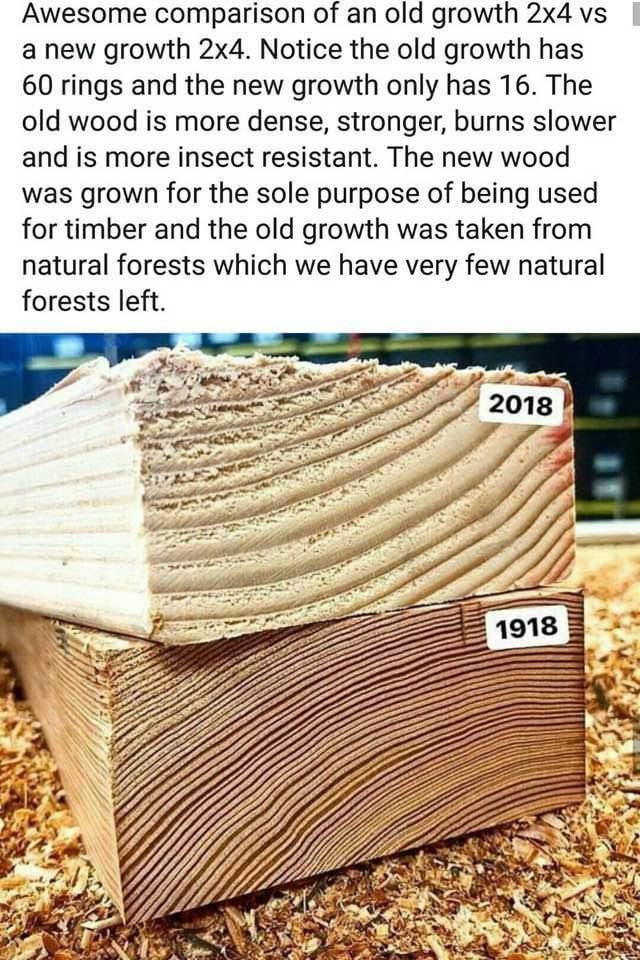Ask Science
Ask a science question, get a science answer.
Community Rules
Rule 1: Be respectful and inclusive.
Treat others with respect, and maintain a positive atmosphere.
Rule 2: No harassment, hate speech, bigotry, or trolling.
Avoid any form of harassment, hate speech, bigotry, or offensive behavior.
Rule 3: Engage in constructive discussions.
Contribute to meaningful and constructive discussions that enhance scientific understanding.
Rule 4: No AI-generated answers.
Strictly prohibit the use of AI-generated answers. Providing answers generated by AI systems is not allowed and may result in a ban.
Rule 5: Follow guidelines and moderators' instructions.
Adhere to community guidelines and comply with instructions given by moderators.
Rule 6: Use appropriate language and tone.
Communicate using suitable language and maintain a professional and respectful tone.
Rule 7: Report violations.
Report any violations of the community rules to the moderators for appropriate action.
Rule 8: Foster a continuous learning environment.
Encourage a continuous learning environment where members can share knowledge and engage in scientific discussions.
Rule 9: Source required for answers.
Provide credible sources for answers. Failure to include a source may result in the removal of the answer to ensure information reliability.
By adhering to these rules, we create a welcoming and informative environment where science-related questions receive accurate and credible answers. Thank you for your cooperation in making the Ask Science community a valuable resource for scientific knowledge.
We retain the discretion to modify the rules as we deem necessary.
view the rest of the comments
old growth vs new growth wood is sort of that
That looks like a hardwood vs a soft wood to me
They might look that way but they aren't. It's why Old growth was the choice basically forever. It's also why we make assumptions about certain kinds of wood, because historically it was old growth being mined to produce it.
Depends on species, but old growth starts in a suppressed canopy. An old growth sapling might be 200 years old before it sees sunlight. It might take 400 more years to see itself as a canopy dominant. Then it might live for an additional 200-2000 years depending on species and location.
This makes the wood incredibly dense and rot resistant. And it simply can't be recreated because it's the physical conditions that determine these qualities.
The fact is that old growth forests which are now less than 3% of what they once were, they weren't harvested. That implies they can be regenerated. They were strip mined.
I grew up in Oregon, it is so sad what we did to our forests. Only managed "forests" are left, with their even rows of stick trees
I absolutely agree. Those do not look like the same type of wood at all.
The link talks about new vs old construction lumber. "New growth" vs "old growth" is very misleading in this context. It should be understood as "fast growing trees" vs "slow growing trees" ie. soft wood vs hard wood.
With that said, I am very open to the idea that trees have been breed to grow faster (and of worse quality). I believe that without having any evidence of it, but this is not that evidence.
Weird throwaway comment.
You can't select for old growth over second growth. That's not how that works.